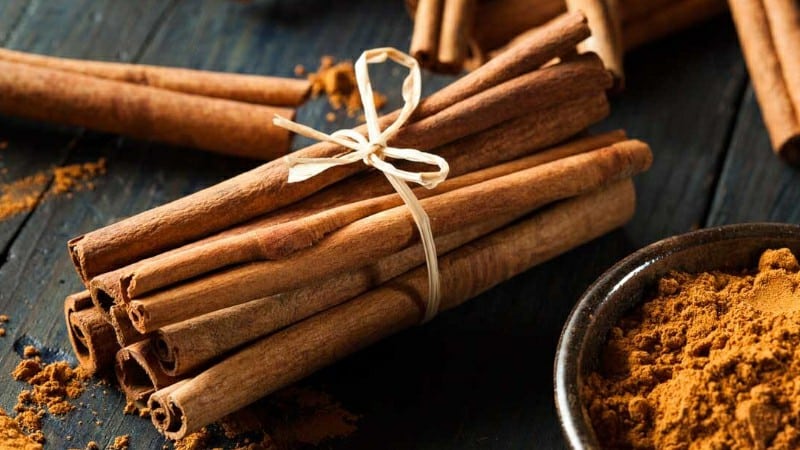Image by Steve Buissinne from Pixabay
It might be a staple of your pantry and a scent trigger for Christmas, but, in some parts of the ancient world, cinnamon was an exotic and highly mysterious plant that had its use dated back to at least 2700 BCE.
The inaccessibility made this spice a symbol of wealth and status. It was often counted as more valuable than gold. However, when foreign traders finally found the source – the inner bark of a tropical tree in Southeast Asia – they were finally able to cut out the Arab merchant’s hold.
The prized Cinnamomum tree was finally in open season for botanical physicians to study and prescribe. Europe and the Middle East used it as an aromatic, warning astringent, and carminative (relieving gas) – things that cinnamon still helps with today.
WHAT DOES IT HAVE TO DO WITH SEX?
In regards to libido and performance, most problems aren’t always isolated. Things are often connected to other problems or medical issues. Some examples include smoking (which toys with your blood flow) and stress (which saps out any energy that could have gone towards the bedroom).
What does this mean?
A little blue pill might not be the only fix. Diet can be a huge help towards recovery.
AS AN APHRODISIAC
An aphrodisiac is “a substance that increases sexual desire.”
CHEMICALS – Dopamine is released into the brain and helps us relax (which we all know is super important for getting into the mood).
TEMPERATURE – We already know that cinnamon can give us a warm, glowy feeling. That’s because it can also help blood flow and therefore body temperature.
MANGANESE – It’s vital to metabolic activities and aids in nutrient absorption.
SMELL REACTION – The pungent scent can be a turn on for some people.
PLACEBO – Sometimes simple belief can make the brain do the rest of the work.
OTHER COOL FACTS
- It has the third-highest level of antioxidants in natural foods
- It has anti-fungal and antibacterial properties
- It can be a food preservative
- It’s been well studied and documented for its aid with blood flow (hence the label as an aphrodisiac).
HOW TO INTEGRATE IT
Obviously, cinnamon can be super simple to get into your body. Sprinkle it on cereal, put it in your drink, or add it to your cooking. Just don’t eat a spoonful of it, like in those ridiculous dare or “challenges”.
I have seen some suggestions about rubbing a drop or two of the essential oil around your genitals. Personally, I don’t think this is a good idea. Putting “raw” (undiluted essential oils) on your body can lead to irritation of varying degrees … or worse. You would need to mix it with something like sweet almond oil or other “cutters” first. Even then, I would be hesitant.
DRINK IDEA – Try mixing water, turmeric, honey, chamomile tea, and cinnamon sticks together to make a lovely, healthy tea.
BE CAREFUL OF…
It should be no surprise that cinnamon comes in varying degrees of quality and origins. Even if the seller talks about the history of the tree and how it’s made, that doesn’t mean that is the product you’re adding to your kitchen.
There are actually TWO kinds…
CASSIA – Also known as Chinese cinnamon. It comes from the cinnamomum cassia tree or can be referred to as cinnamomum aromaticum. It’s dark brown with thicker and rougher sticks. It’s the low-quality kind that is commonly sold everywhere. It can also contain a flavoring substance called Coumarin, which has been linked to liver damage.
CELYON – Comes from the cinnamomum verum tree as is sometimes called “true cinnamon.” It comes from Sri Lanka and southern India. It’s more of a tan color and comes in many thin, wrapped layers, with a finer texture that is more valued in the food and medicine world.
All this being said, why not give it a try and add it to your daily yummies? Who knows, it might add a spark.
What are your favorite ways to eat cinnamon? Share in the comments!


